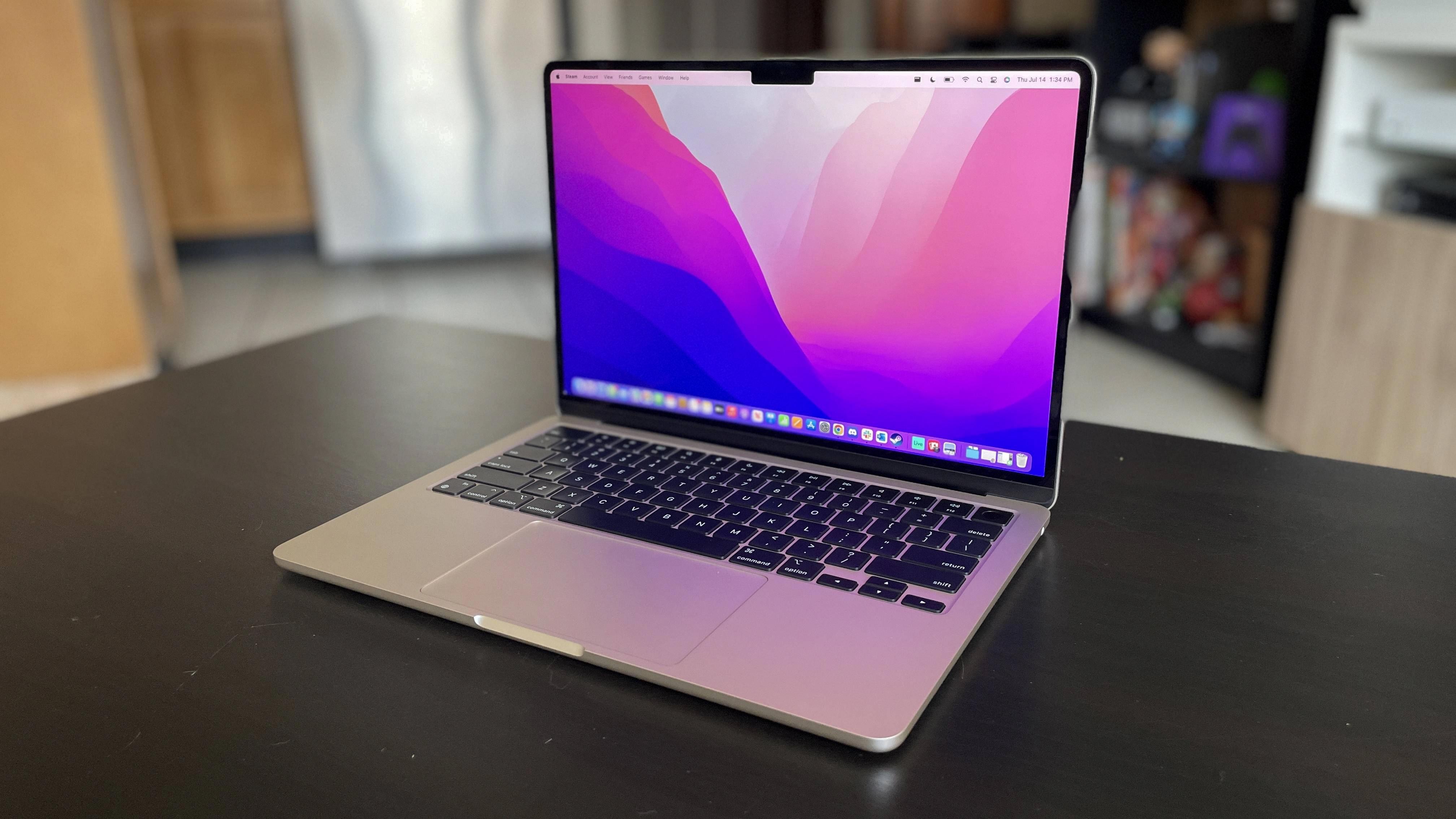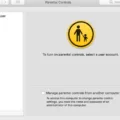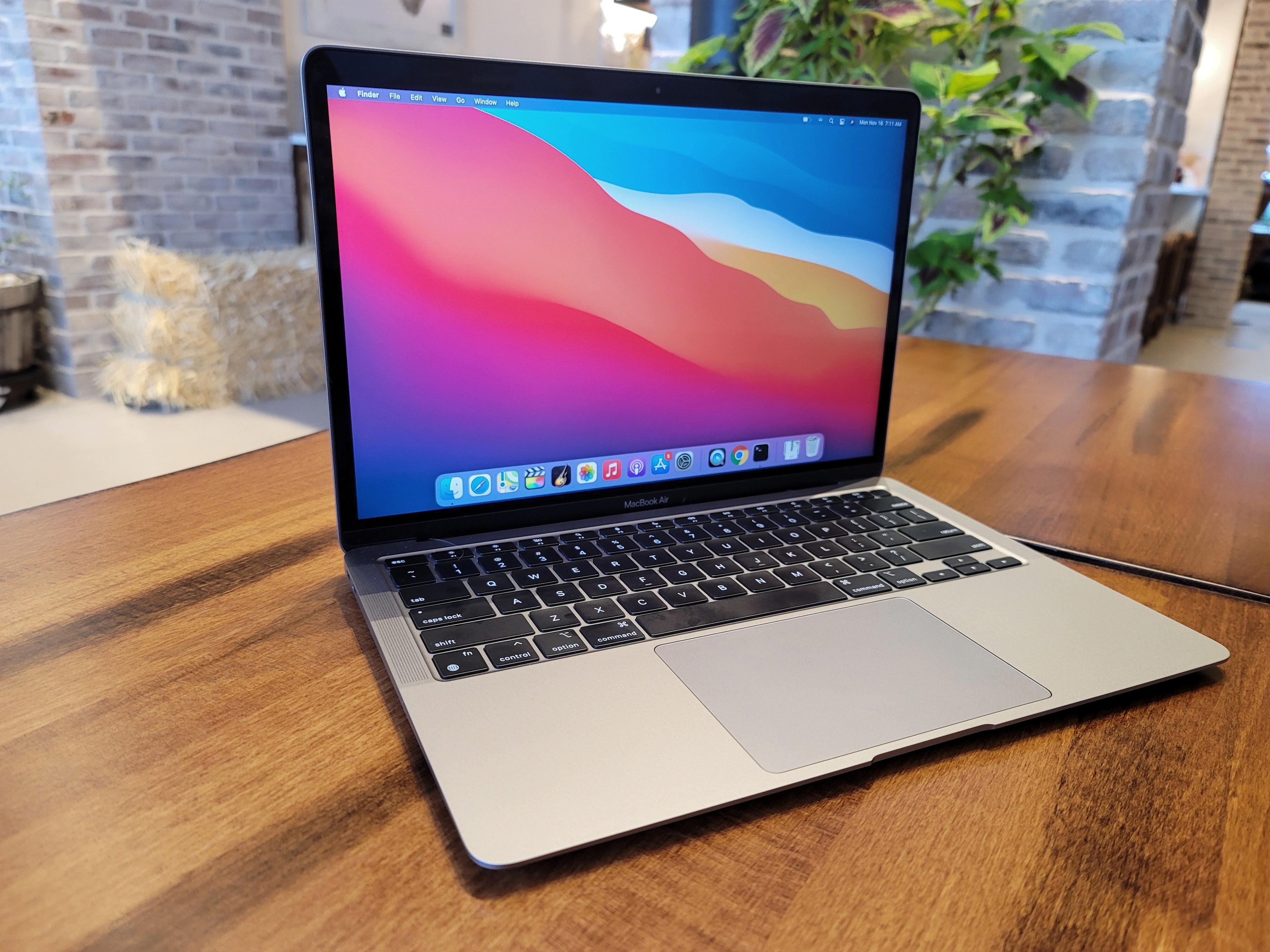Are you having trouble shutting down your Macbook Air when it becomes frozen? We feel your pain! A frozen Macbook Air can be a real headache, but there are some simple steps and solutions that you can try to help get things running again.
First, it’s important to understand why your Macbook Air may become frozen in the first place. It could be caused by incompatible software, a malfunctioning application, or simply by too many applications running at once. Whatever the cause, the first step is to try and force quit the application that is causing the issue. To do this, press Command- Esc-Option on your keyboard at the same time and then release them. Select the name of the frozen application from the menu’s list and click Force Quit.
If force quitting does not work, another option is to restart your Macbook Air manually. To safely shut down your Macbook Air, press Control + Option + Cmd + Power all at once. This should start a shutdown process without any further input from you. If this doesn’t work, try holding down Command (?) button, Control (Ctrl) key, and power button until the screen goes blank and the machine restarts itself.
You can also reset your SMC (System Management Controller). Resetting SMC is an effective way of clearing up many system-level issues such as fan noise or battery-related problems including the freezing of your Macbook Air. To reset SMC on a Macbook Air with removable batteries: Shut down your computer; Unplug all cables; Remove all batteries; Press and hold the power button for 5 seconds; Replace all batteries; Plug in the AC adapter and wait 10 seconds; Turn on MacBook Air using the power button.
Finally, if all else fails you can try a full system reinstallation but we recommend seeking professional help before doing so as this might lead to data loss or other system malfunctions due to an incorrect installation process.
We hope these tips have been helpful in fixing a frozen Macbook Air!
Unfreezing a Macbook Air
If your Macbook Air has become frozen, you can try the following steps to get it back up and running.
First, press the Command, Option, and Escape keys on your keyboard simultaneously to bring up the Force Quit Applications window. From here, select the application that is frozen and click “Force Quit”. If this does not work, you may need to restart your computer by pressing and holding down the power button for several seconds until it shuts off. Once your Mac has restarted, check to see if the issue has been resolved.
If you find that your Mac is still frozen after these steps have been completed, you may need to use a third-party tool such as CleanMyMac X or Disk Drill Pro to clean out any clutter or viruses that could be causing the issue.
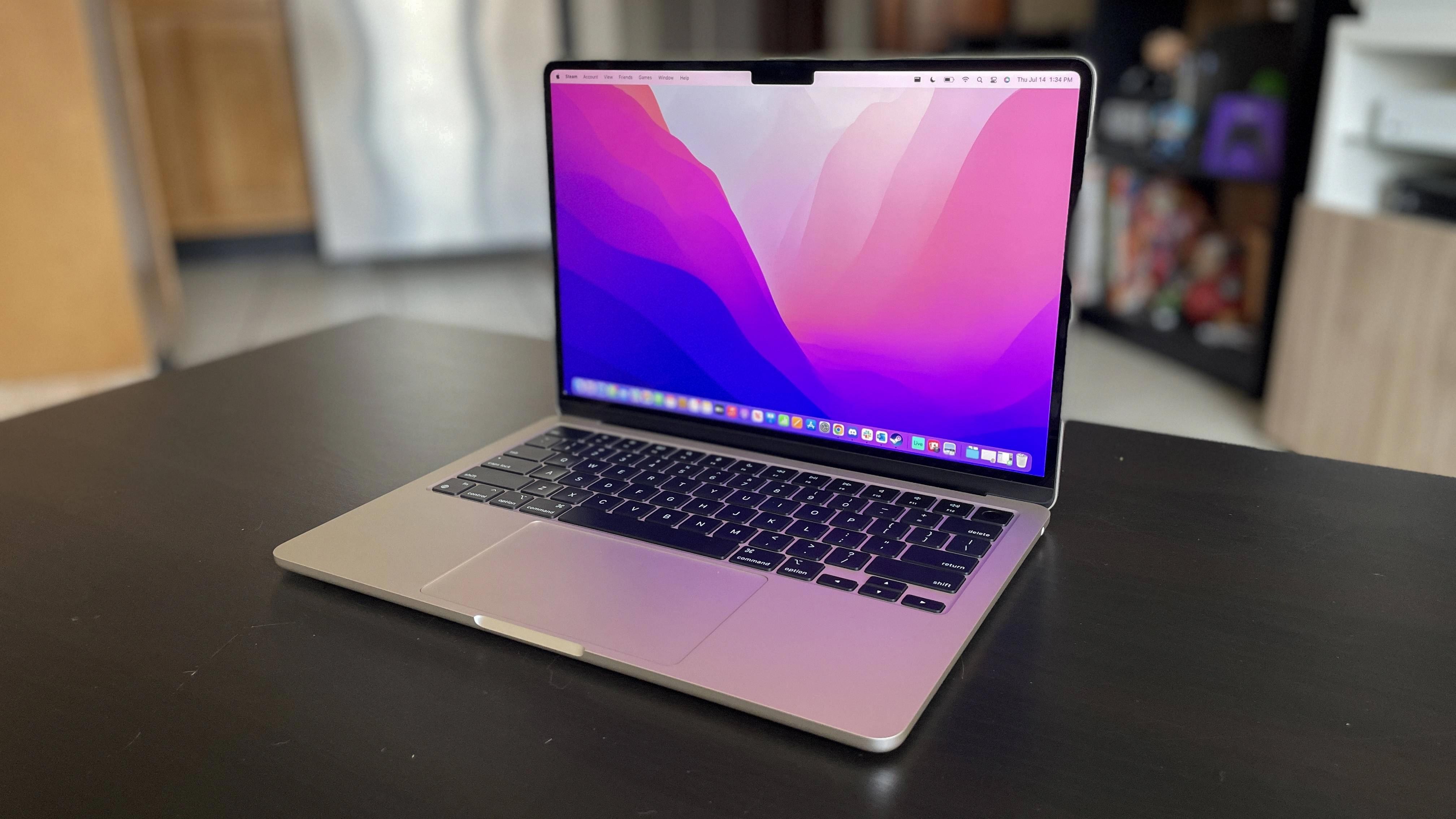
Source: cnn.com
Forcing a Mac to Shut Down Without the Power Button
To force your Mac to shut down without using the power button, you can press and hold the Control + Option + Command + Eject keys simultaneously. This will cause an immediate shutdown of your Mac and may take a few seconds to complete.
Forcing a Frozen Macbook Air to Restart
If your MacBook Air is frozen and won’t respond to any of your commands, you can force it to restart by pressing and holding the Command (?) button, the Control (Ctrl) key, and the power button at the same time. You’ll need to hold these keys down until your MacBook’s screen goes blank and the computer restarts itself. Once the computer has restarted, you can sign back into your account as usual.
Forcing an Unresponsive Mac to Restart
If your Mac is unresponsive and won’t respond to your commands, you can force it to restart by pressing and holding down the Command (?) and Control (Ctrl) keys along with the power button (or the Touch ID / Eject button, depending on the Mac model). Keep holding these keys until the screen goes blank and the Mac restarts. This should allow you to regain control of your Mac.
Troubleshooting a Non-Responsive MacBook Air
If your MacBook Air isn’t responding, the first thing to do is to try a force restart. To do this, press and hold the power button on your Mac for about 10 seconds (or press and hold Touch ID if your laptop has it). Then release the power button normally. If that doesn’t work, you may need to reset your NVRAM (Non-Volatile Random Access Memory) or PRAM (Parameter RAM). To do this, press and hold down Command + Option + P + R keys all at the same time while your MacBook Air is starting up. Keep holding them down until you hear a second startup sound.
If neither of these solutions works, you can try booting into Safe Mode by pressing and holding the Shift key while turning on your Mac. You should then be able to access some basic features in Safe Mode that may help you troubleshoot the issue.
Finally, if none of these solutions work, you may need to take your laptop to an Apple Store or authorized service provider for further diagnosis and repair.
Causes of Freezing on MacBook Air
A MacBook Air can freeze for a variety of reasons, including an overloaded processor, insufficient RAM, software conflicts, or corrupted system files. The most common cause is an issue with the operating system or other software. To determine the root cause of the problem, it’s best to check for any recent changes to your Mac and check the Activity Monitor for any apps that are taking up too much memory. If this doesn’t solve the issue, you may need to reset the PRAM/NVRAM or reinstall macOS.
Shutting Down a Mac When It Will Not Turn On
If your Mac won’t shut down normally, you can try holding down Ctrl + Opt + Cmd and then pressing the Power button. This should cause macOS to attempt to close any open apps and turn off your Mac. You may be prompted to save any unsaved documents before the shutdown process completes. On some Macs, you might need to press Ctrl + Opt + Cmd + Media Eject instead of the Power button. If this doesn’t work, you may have a hardware problem and should contact Apple Support for further assistance.
Turning Off a Mac Without the Screen
If you can’t see the display well enough to select Shut Down, simply press and hold the power button until your Mac powers down, which may take about 10 seconds. You can also use the shutdown command from the Apple menu in the top-left corner of your screen, or use the keyboard shortcut Command + Control + Eject.
Resetting a MacBook Air
To reset your MacBook Air, start by opening the System Settings application. From the Apple menu? in the corner of your screen, choose System Settings. In the sidebar, click General, then click Transfer or Reset on the right. On this page, you will find an option to Erase All Content and Settings. After clicking this button, you will be asked to confirm that you want to erase everything from your device. Once you confirm this action, all content and settings will be erased and your MacBook Air will be reset to its original factory settings.
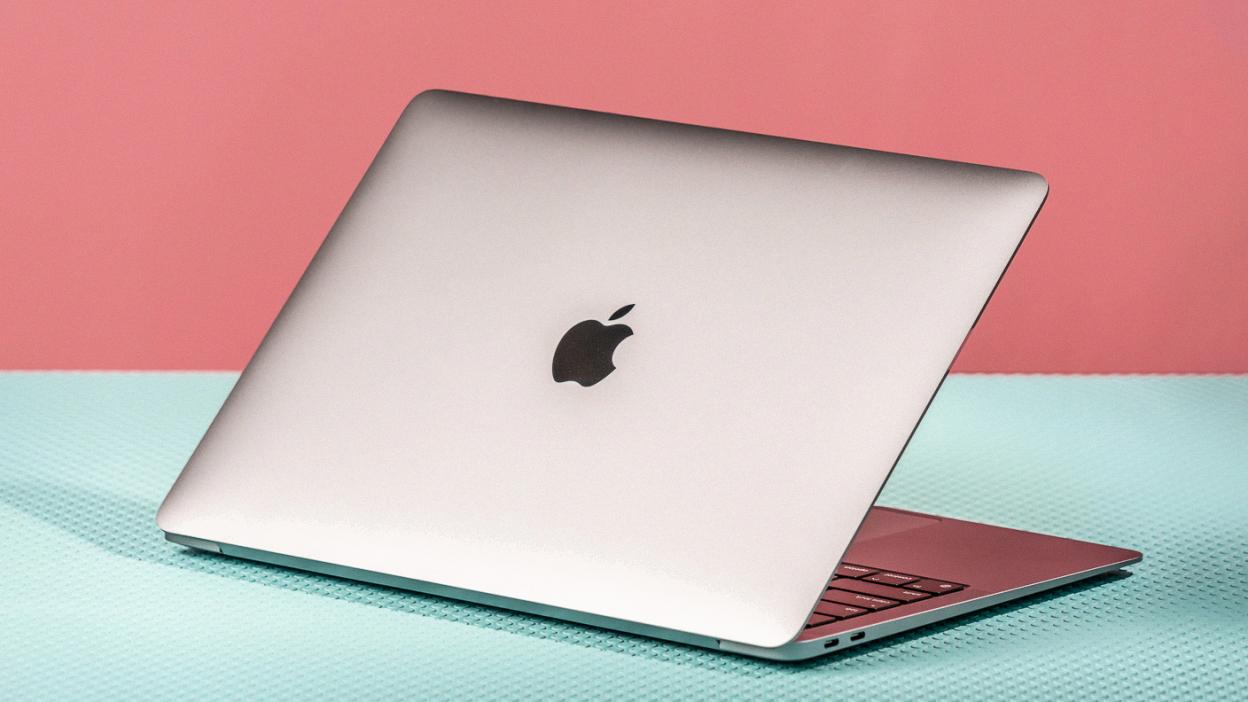
Source: mashable.com




